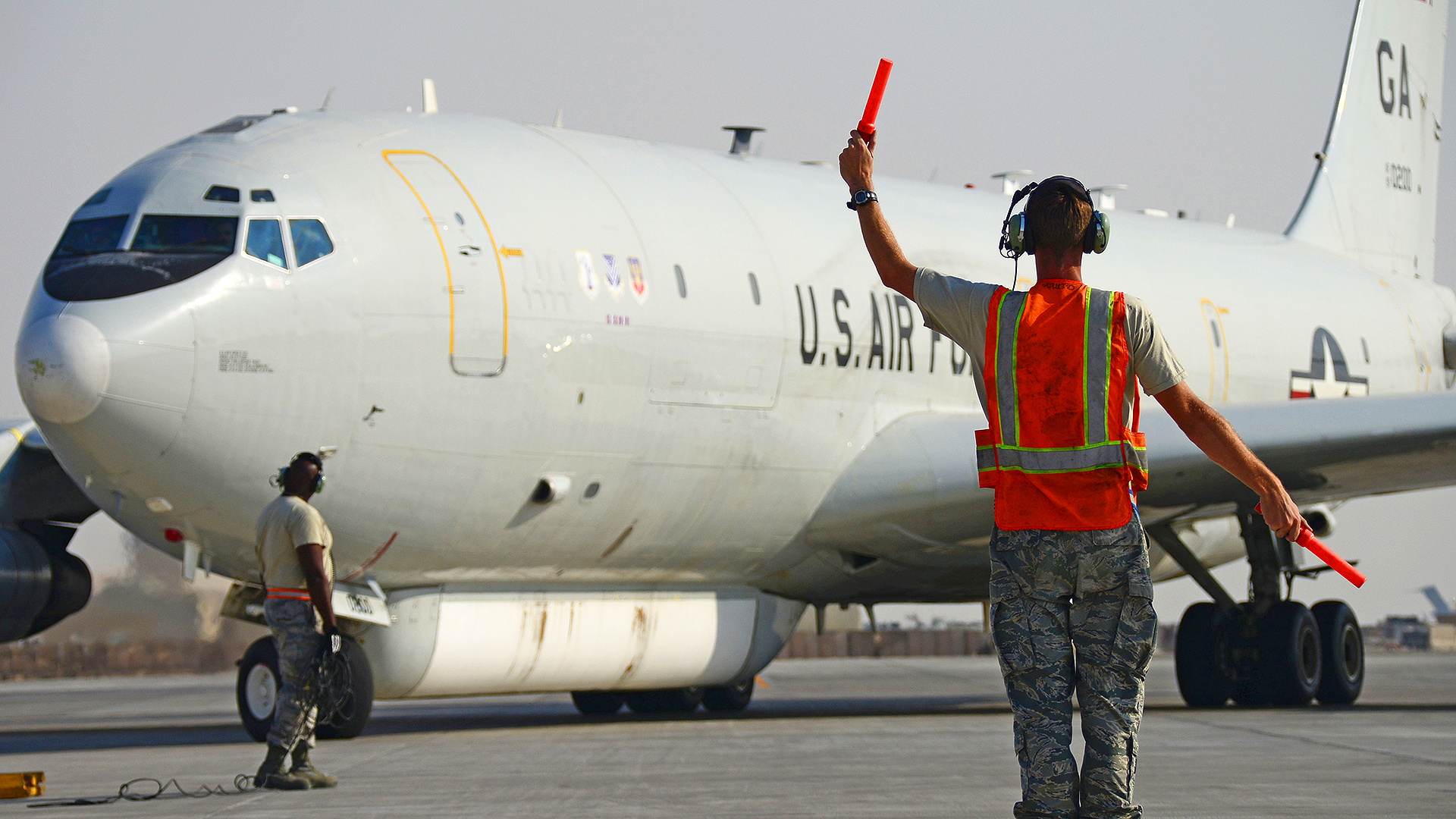After more than two decades in which it has provided critical intelligence and battle management in theaters around the world, the U.S. Air Force’s E-8C Joint Surveillance Target Attack Radar System (JSTARS) has completed its operational service. While the retirement of the E-8C had been known for some time, it remained a long-running source of debate, especially since these aircraft are being withdrawn without a direct replacement.
The end of the line for the E-8C was announced today by the 116th Air Control Wing, part of the Georgia Air National Guard, stationed at Robins Air Force Base.
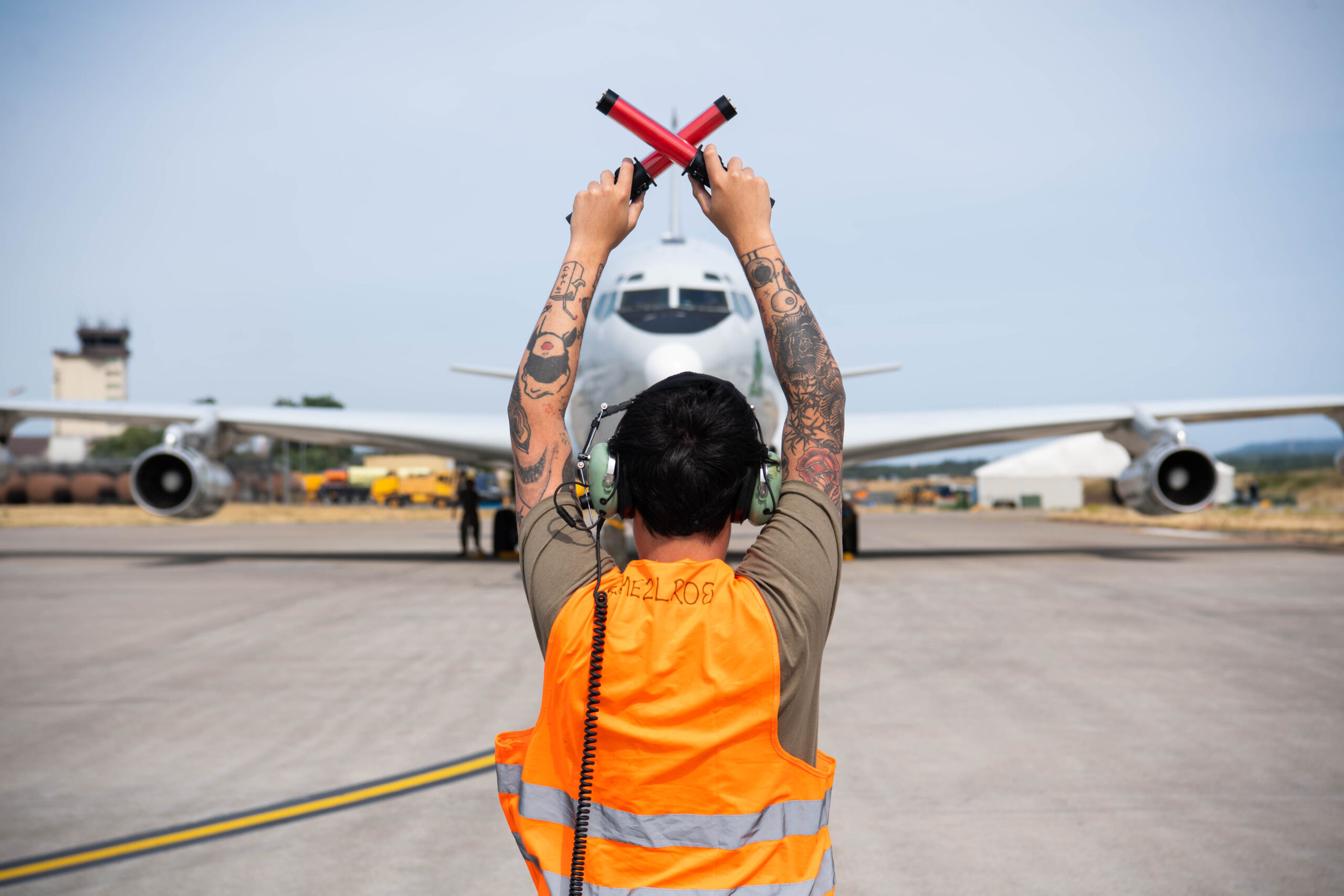
“After twenty-two years of dedicated service, the E-8C JSTARS aircraft has flown its last operational mission,” the wing stated. “The E-8C JSTARS has played a vital role in countless operations, supporting troops and safeguarding nations. Thank you to the many members that enabled this mission to be a success over the last two decades.”
We have reached out to the 116th Air Control Wing and the Air National Guard for further information, but it seems certain that the JSTARS has now flown its last operational sortie.
The milestone comes three months after an E-8C flew the type’s last active-duty mission, out of Ramstein Air Base, Germany, on June 26, 2023. On that occasion, the JSTARS was operated by the 10th Expeditionary Airborne Command and Control Squadron, deployed to Europe from Robins Air Force Base.

Once this squadron returned to its Georgia base, it was left to the 116th Air Control Wing to “complete the dissolution of the JSTARS aircraft,” as the Air Force explained in a media release at the time.
Up until that point, the JSTARS had still been providing critical intelligence for commanders, including flying directly over Ukraine, something we reported on at the time, in the run-up to Russia’s full-scale invasion.
Whether over the Middle East, where the aircraft made its combat debut during Operation Desert Storm in 1991, or over the Balkans, the E-8C had been prized for its ability to combine battlefield management command and control with intelligence-gathering. As a surveillance asset, the JSTARS provided synthetic-aperture radar (SAR) capabilities, producing image-like radar maps of the ground environment at standoff ranges, as well as ground-moving-target-indicator (GMTI) functions. In particular, GMTI is able to track the movement of vehicles over a wide area.
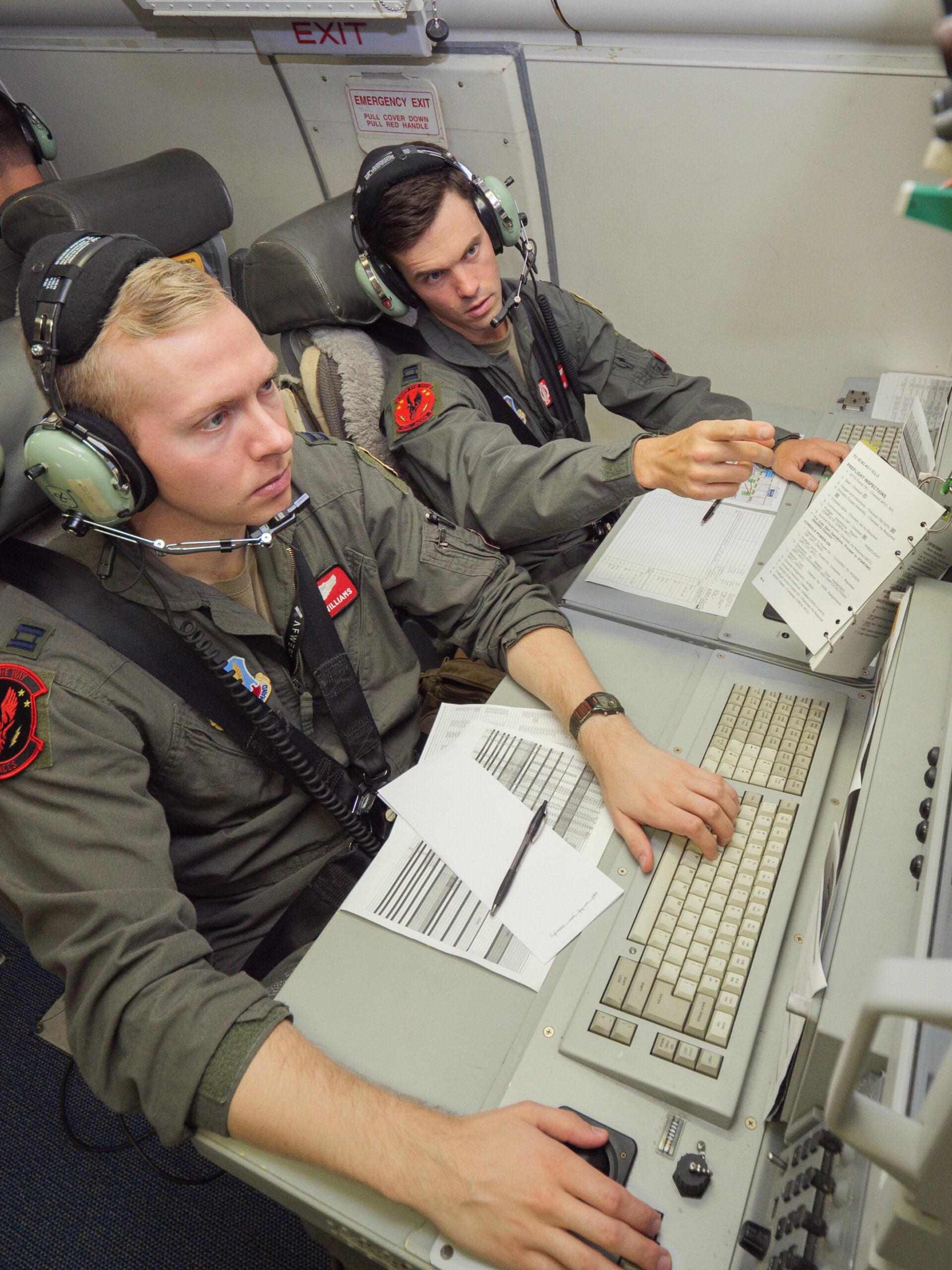
The E-8C was such a high-value asset that it was long expected that it would eventually be replaced by a new platform, based on a modern bizjet airframe. While the JSTARS only entered service in the early 1990s, they were among the oldest 707 airframes flying anywhere in the world. The choice of using older airframes for the E-8 conversion would become problematic for readiness and sustainability for the type later in its career.
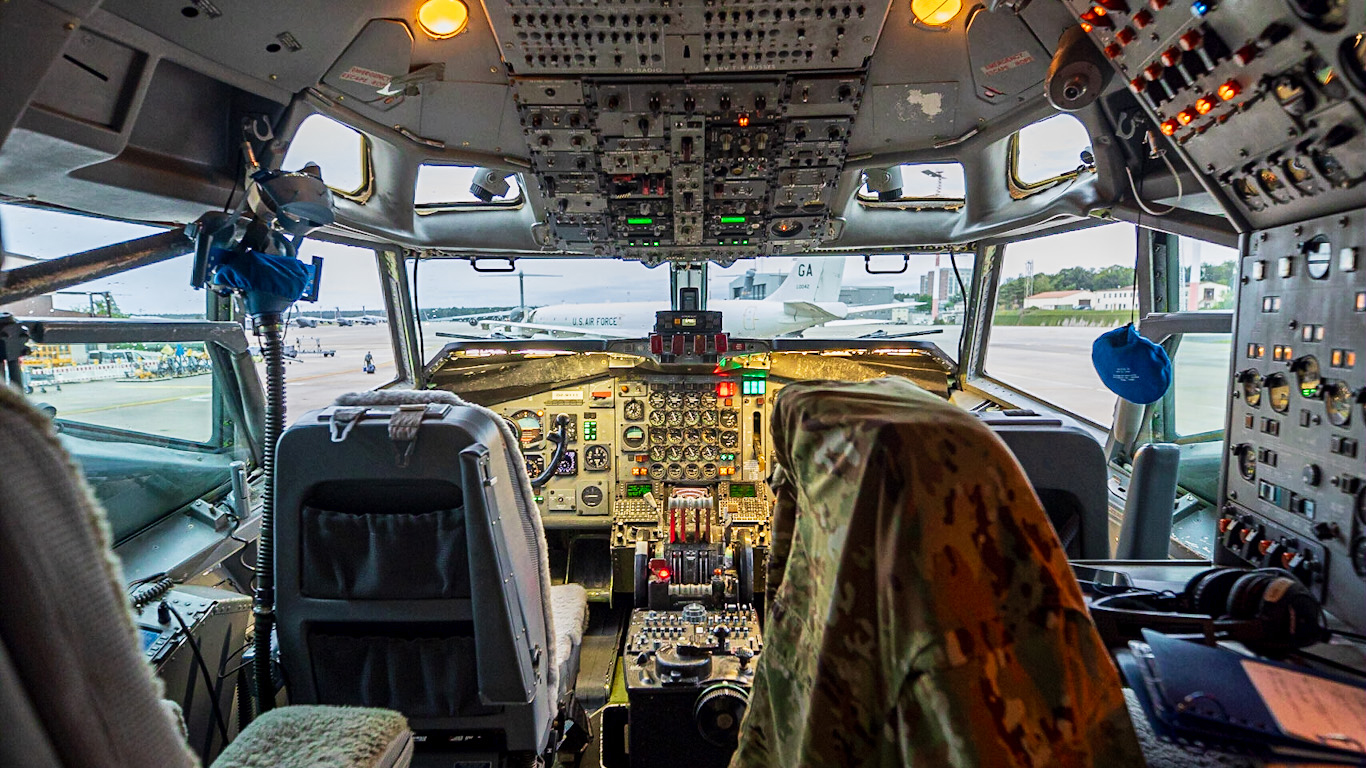
However, in 2018, the JSTARS replacement program was canceled, with concerns that a manned platform would be too vulnerable when facing high-end adversaries like China or Russia, with their very capable long-range air defense systems and anti-access/area-denial tactics. Simply put, the bizjet in question would have to operate so far from these kinds of defenses that even its advanced suite of sensors would not yield the quality of intelligence required.

As an alternative, the Air Force settled upon a ‘system of systems’-type approach in which the Advanced Battle Management System (ABMS) would assume the command and control mission previously undertaken by JSTARS.

While ABMS was initially seen as part of the plan to replace JSTARS, with a focus on ground and airborne target-tracking capabilities, as the concept matured it also became more ambitious. Ultimately, ABMS calls for nothing less than a digital battle network system that can collect, process, and share data, in real-time, across U.S. forces as well as allies. The demands of ABMS mean that it will rely upon a wide range of platforms for sensor data, taking a ‘distributed approach,’ including highly advanced platforms both manned and unmanned, as well as satellites.
As far as space-based sensors are concerned, we know that work has already been done in the classified realm on a constellation of radar satellites with GMTI capability. In its 2023 Fiscal Year budget request, the Air Force said that the Secretary of Defense has “certified that a spaced-based GMTI capability exists to meet the Combatant Commanders Requirements” to further justify the divestment of the entire E-8C fleet.
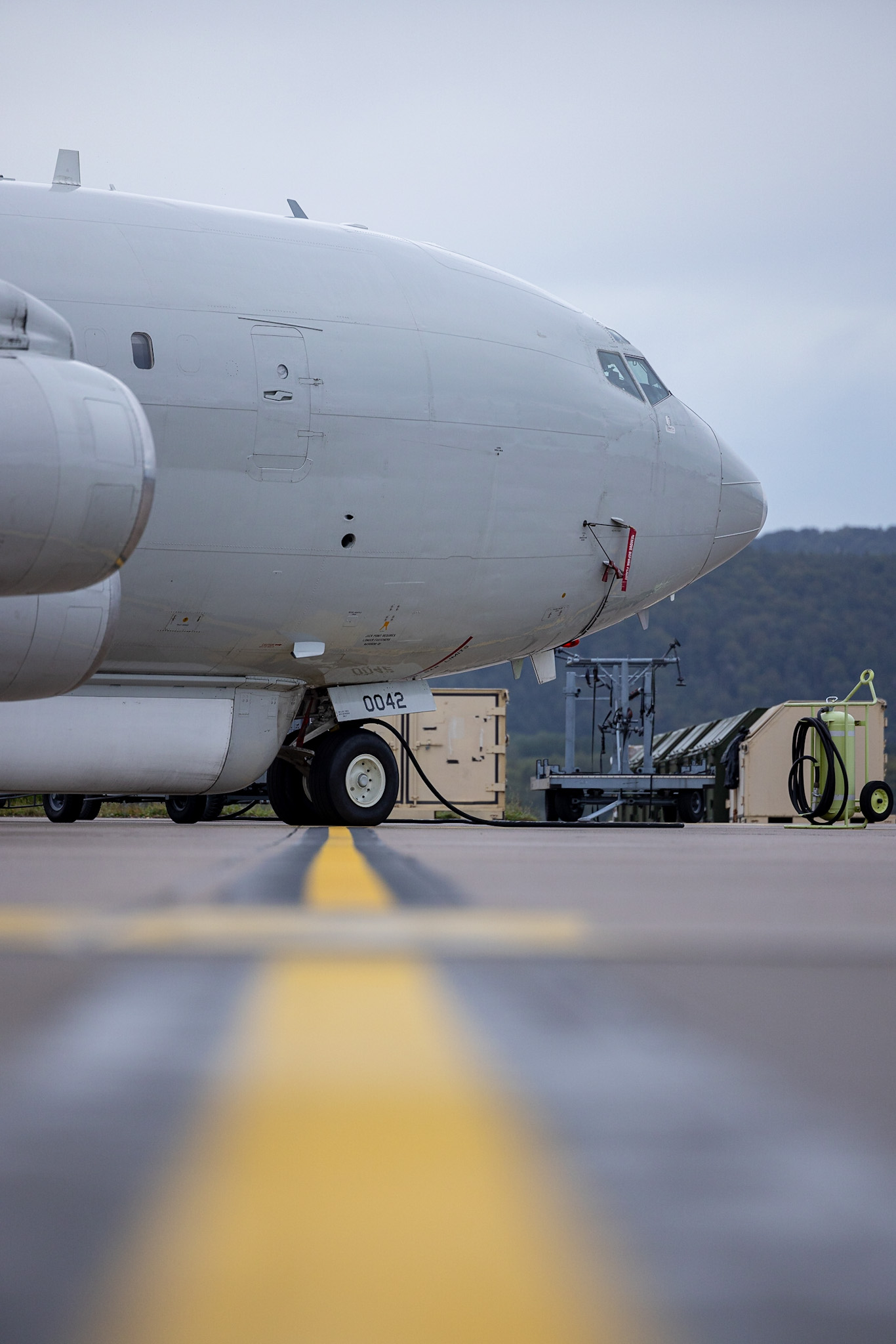
In the interim, the U.S. military will be able to call upon the high-flying RQ-4B Block 40 Global Hawk drone which has SAR/GMTI intelligence as its primary function. There is also the U-2S Dragon Lady manned spy plane fleet, providing a wide range of high-altitude ISR including SAR and other capabilities, although its planned retirement is another pointer toward the existence of a penetrating high-altitude, long-endurance unmanned platform. The Global Hawk’s pending retirement is also another glaring indication of this, as well. Tentatively known as the RQ-180, this shadowy aircraft should be able to undertake ISR missions in far more contested airspace, including SAR and GMTI, although no details are outright confirmed officially at this time.

The small fleet of special-mission versions of the U.S. Navy P-8A Poseidon equipped with a secretive radar system known as the AN/APS-154 Advanced Airborne Sensor can also provide some of these capabilities, especially in a littoral environment. MQ-9 Reaper drones can also provide SAR and GMTI, especially when equipped with purpose-built radar pods. The stealthy RQ-170 drone is meanwhile speculated to have a penetrating tactical SAR/GMTI capability but is only available in modest numbers and for very particular missions. Tactical aircraft like some fighters are also capable of SAR/GMTI, but not over a wide area in a persistent manner like some of these other systems.
It could be that the U.S. Army can assume some of that responsibility, at least as far as airborne reconnaissance is concerned. The Army’s High Accuracy Detection and Exploitation System (HADES) plans to field a ground surveillance radar aboard a business jet with the same kinds of SAR and GMTI functions that were once offered by the E-8C. You can read more about the HADES initiative here.
While the E-8C will play no role in the future ABMS architecture, its host station will. In June this year, the Air Force stated that the Tactical Operations Center was being established at Robins Air Force Base and that this would “provide airmen more latitude to conduct ISR [intelligence, surveillance, and reconnaissance] operations from a ground location.”
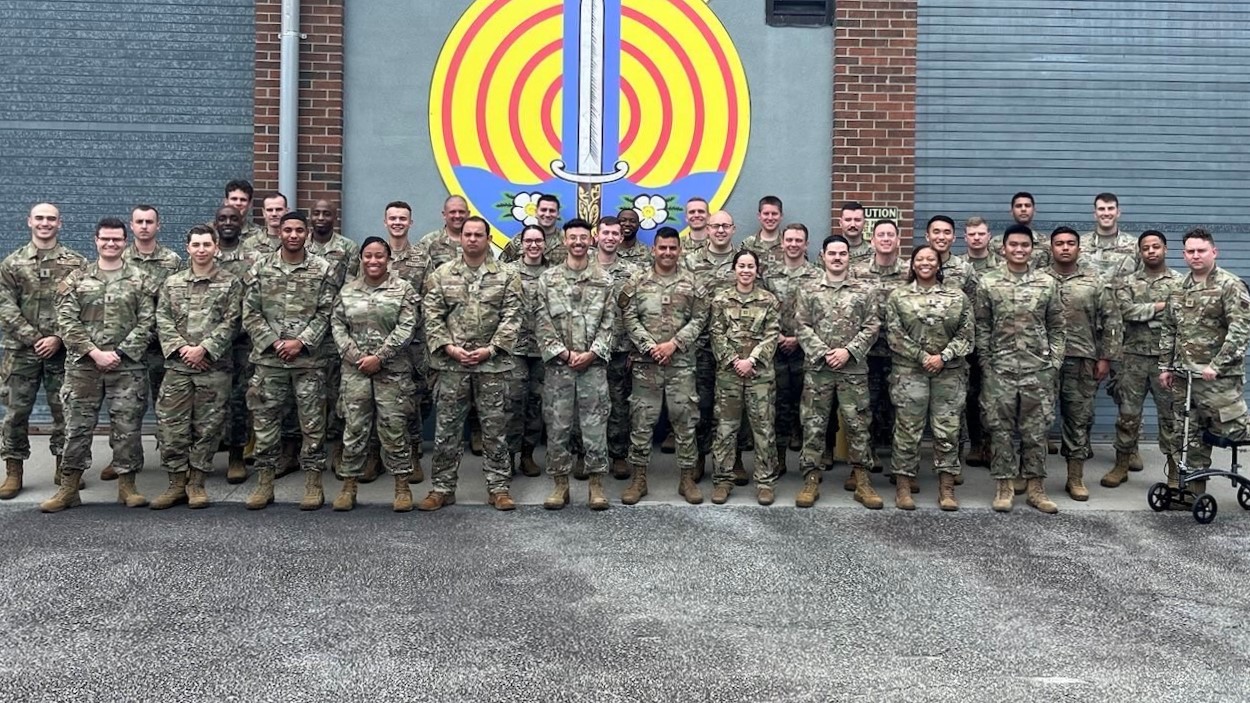
The Tactical Operations Center is just one part of the modernization coming to Robins Air Force Base. Ultimately, Robins will also become an important part of the ABMS network, in the shape of an air and space ‘fusion center.’ It will also host the E-11A Battlefield Airborne Communications Node (BACN) aircraft, equipped with a highly specialized communications gateway node designed to create an ‘active net’ over the battlespace and rapidly transfer data between different aerial platforms as well as land and naval forces. You can read more about BACN and its history in this past War Zone feature.
Once fully mature, ABMS will help meet the Air Force’s goal of enhanced ISR and command and control capabilities that can also survive in a highly contested environment. That is still some way off in the future, however, meaning that the decision to retire the E-8C did meet with some opposition from lawmakers.

However, the Air Force remained adamant that it wanted to divest the fleet, despite the loss of critical intelligence-gathering capabilities that come with the end of JSTARS in the shorter term.
Whatever happens next, the valuable contribution made by the E-8C to successive operations is beyond doubt. The fact that it remained an in-demand asset until the final weeks of its service stands as a testament to what is, by any measure, a highly impressive legacy.
Contact the author: thomas@thedrive.com
